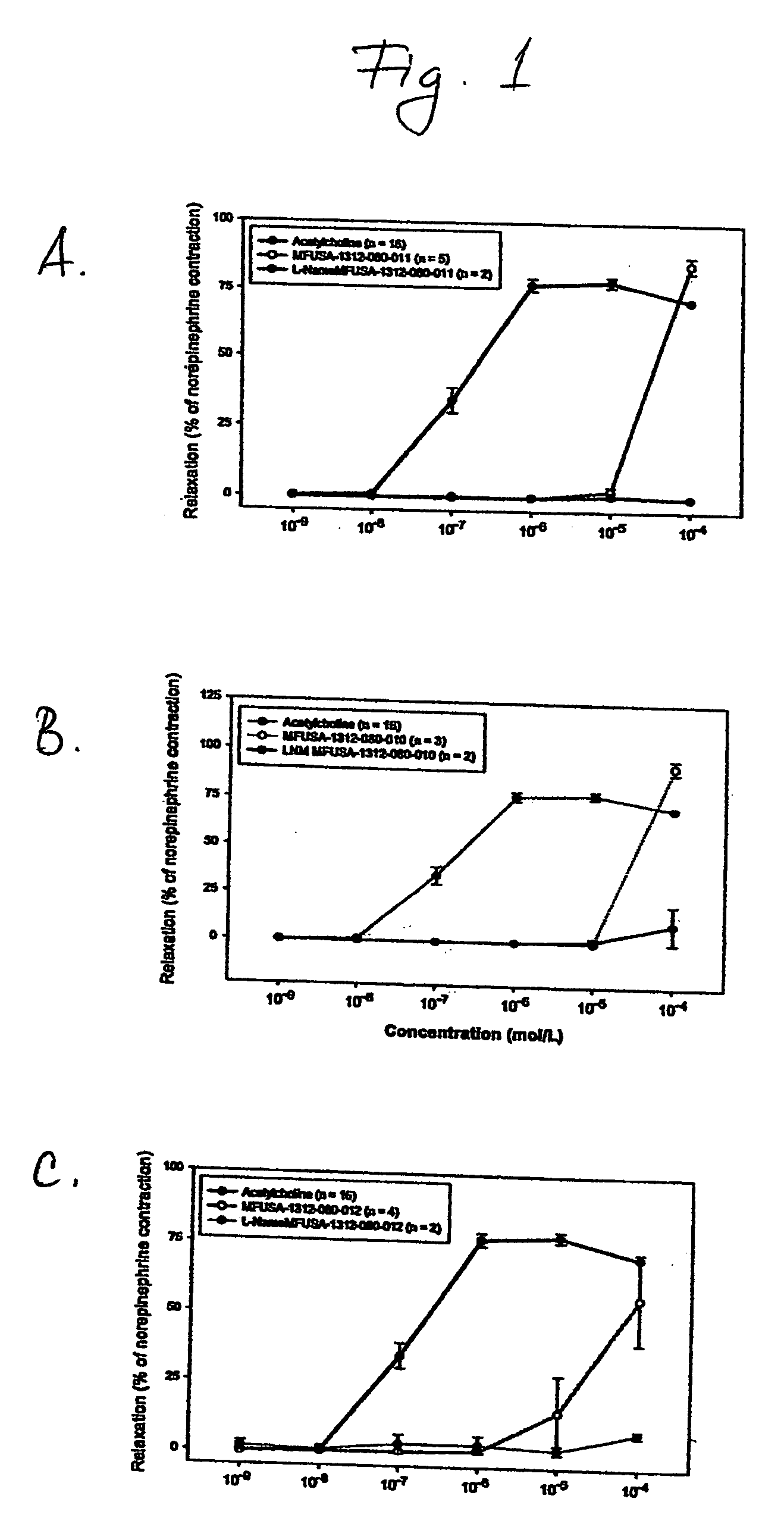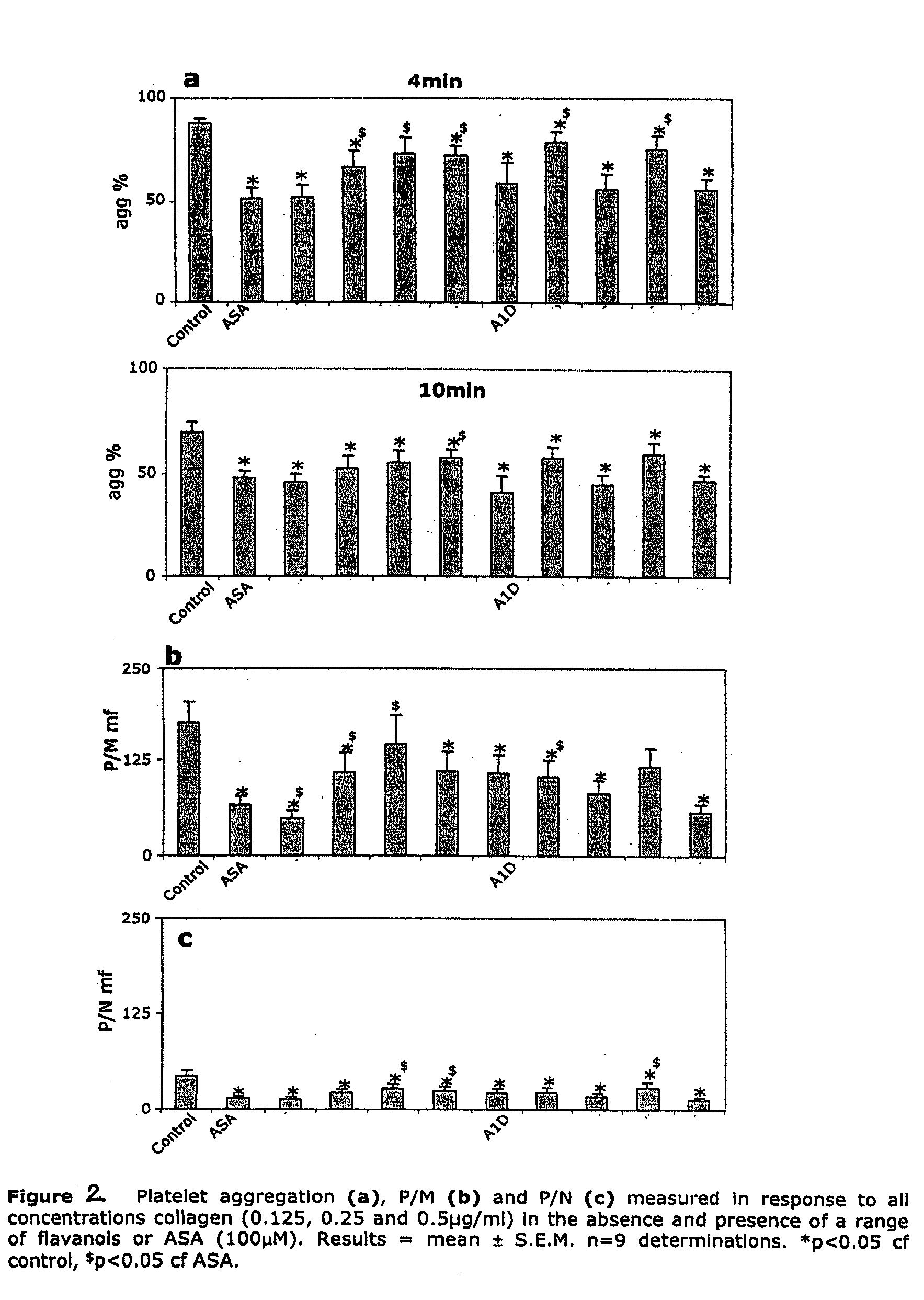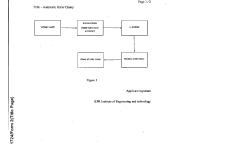What Is Hypertonic?
Hypertonic Concept and Objectives
Hypertonic solutions are characterized by their higher solute concentration compared to the surrounding environment or the human body's normal physiological state. This concept is fundamental in various fields, including medicine, biology, and food science. The primary objective of understanding hypertonic solutions is to explore their applications and effects on biological systems, particularly in cellular processes and medical treatments.
The development of hypertonic solutions has a rich history in scientific research, dating back to early osmosis experiments in the 19th century. Over time, the understanding of hypertonicity has evolved, leading to significant advancements in its practical applications. Today, hypertonic solutions play crucial roles in diverse areas such as intravenous therapy, food preservation, and plant biology.
In the medical field, hypertonic solutions are extensively used for treating various conditions. One of the primary objectives is to utilize their osmotic properties to manage fluid imbalances in the body. For instance, hypertonic saline solutions are employed to reduce intracranial pressure in patients with traumatic brain injuries or to treat severe hyponatremia. The goal is to leverage the osmotic gradient created by these solutions to draw excess fluid from tissues or cells.
Another important objective in studying hypertonic solutions is to understand their impact on cellular function and structure. When cells are exposed to hypertonic environments, they undergo osmotic stress, leading to water loss and potential damage. This phenomenon is of particular interest in fields such as cryobiology, where controlling cellular dehydration is crucial for preserving biological samples.
In the food industry, hypertonic solutions serve as a means of food preservation. The objective here is to create an environment that inhibits microbial growth and extends shelf life. By surrounding food products with hypertonic solutions, water activity is reduced, making it difficult for microorganisms to thrive.
Research into hypertonic solutions also aims to explore their potential in novel therapeutic approaches. For example, studies are investigating the use of hypertonic solutions in wound healing, where they may help reduce edema and promote tissue repair. Additionally, there is growing interest in developing hypertonic formulations for drug delivery systems, leveraging their ability to alter cellular permeability.
As technology advances, the objectives of hypertonic research continue to expand. Current goals include developing more precise methods for controlling osmolarity in medical treatments, improving the efficacy of hypertonic solutions in food preservation, and exploring new applications in biotechnology and environmental science. The ongoing research in this field promises to unlock further potential of hypertonic solutions, paving the way for innovative applications across multiple disciplines.
Market Analysis for Hypertonic Solutions
The market for hypertonic solutions has been experiencing significant growth in recent years, driven by increasing applications in healthcare, sports nutrition, and food preservation. In the healthcare sector, hypertonic solutions play a crucial role in treating various medical conditions, including dehydration, electrolyte imbalances, and certain neurological disorders. The global market for intravenous (IV) fluids, which includes hypertonic saline solutions, is projected to reach substantial value in the coming years, with a compound annual growth rate (CAGR) exceeding industry averages.
The sports nutrition segment has also contributed to the expanding market for hypertonic solutions. Athletes and fitness enthusiasts are increasingly turning to hypertonic drinks for rapid rehydration and performance enhancement. This trend has led to a proliferation of sports drinks and supplements containing hypertonic formulations, catering to both professional athletes and recreational sports participants.
In the food industry, hypertonic solutions are utilized for food preservation and processing. The growing demand for extended shelf life and improved food safety has driven the adoption of hypertonic preservation techniques. This application has found particular relevance in the preservation of fruits, vegetables, and other perishable food items.
The pharmaceutical sector represents another significant market for hypertonic solutions. These solutions are used in various drug formulations and as excipients in pharmaceutical products. The increasing prevalence of chronic diseases and the growing elderly population have contributed to the rising demand for medications that utilize hypertonic solutions in their formulations.
Geographically, North America and Europe currently dominate the hypertonic solutions market, primarily due to advanced healthcare infrastructure and high adoption rates of innovative medical treatments. However, the Asia-Pacific region is expected to witness the fastest growth in the coming years, driven by improving healthcare facilities, increasing healthcare expenditure, and a growing awareness of sports nutrition.
Key market players in the hypertonic solutions industry include major pharmaceutical companies, medical device manufacturers, and sports nutrition brands. These companies are investing heavily in research and development to introduce novel formulations and expand their product portfolios. The market is characterized by intense competition, with companies focusing on product differentiation and strategic partnerships to gain a competitive edge.
Looking ahead, the market for hypertonic solutions is poised for continued growth. Factors such as the rising incidence of chronic diseases, increasing sports participation, and growing demand for functional foods and beverages are expected to drive market expansion. Additionally, ongoing research into new applications of hypertonic solutions in areas such as wound healing and tissue engineering may open up new market opportunities in the future.
Current Challenges in Hypertonic Research
Despite significant advancements in hypertonic research, several challenges persist in this field, hindering further progress and clinical applications. One of the primary obstacles is the lack of standardized protocols for measuring and defining hypertonicity across different biological systems. This inconsistency makes it difficult to compare results from various studies and establish universal guidelines for hypertonic treatments.
Another major challenge lies in understanding the long-term effects of hypertonic environments on cellular function and tissue integrity. While short-term responses to hypertonicity are well-documented, the chronic impact of sustained hypertonic conditions remains largely unexplored. This gap in knowledge is particularly crucial for developing therapeutic interventions for conditions associated with chronic hypertonicity, such as diabetes insipidus or certain renal disorders.
The complexity of osmotic regulation mechanisms in different cell types and tissues presents another significant hurdle. Researchers struggle to fully elucidate the intricate signaling pathways and molecular mechanisms involved in cellular responses to hypertonic stress. This complexity makes it challenging to develop targeted therapies that can modulate specific aspects of the hypertonic response without causing unintended consequences.
Furthermore, there is a pressing need for more sophisticated in vitro models that can accurately mimic the hypertonic conditions found in vivo. Current cell culture systems often fail to replicate the dynamic and heterogeneous nature of hypertonic environments in living organisms, limiting the translational potential of laboratory findings to clinical applications.
The development of novel, non-invasive methods for monitoring and manipulating hypertonicity in living systems remains a significant challenge. Current techniques for assessing hypertonicity often require invasive procedures or are limited to in vitro settings, making it difficult to study hypertonic phenomena in real-time within intact organisms.
Additionally, researchers face challenges in developing effective strategies to protect cells and tissues from hypertonic damage. While some protective mechanisms have been identified, such as the accumulation of organic osmolytes, translating these findings into practical therapeutic approaches has proven difficult. This is particularly relevant in the context of organ preservation for transplantation, where hypertonic solutions are used but can also cause cellular injury.
Lastly, the field of hypertonic research is grappling with the need to integrate findings from various disciplines, including physiology, molecular biology, and biophysics. Bridging these diverse areas of expertise to create a comprehensive understanding of hypertonic phenomena requires interdisciplinary collaboration and novel research approaches, which can be challenging to implement in traditional research settings.
Existing Hypertonic Applications
01 Preparation of hypertonic solutions
Hypertonic solutions are prepared by increasing the concentration of solutes relative to the solvent, typically water. These solutions have a higher osmotic pressure than physiological fluids. The concentration of solutes can be adjusted to achieve specific osmolarity levels for various medical and industrial applications.- Preparation of hypertonic solutions: Hypertonic solutions are prepared by increasing the concentration of solutes relative to the solvent, typically water. These solutions have a higher osmotic pressure than physiological fluids and are used in various medical and scientific applications. The concentration of solutes can be adjusted to achieve specific osmotic effects.
- Medical applications of hypertonic solutions: Hypertonic solutions are used in various medical treatments, including fluid resuscitation, reducing intracranial pressure, and treating certain types of edema. The high concentration of solutes in these solutions helps draw fluid out of tissues and into the bloodstream, making them effective in managing specific medical conditions.
- Hypertonic solutions in cell culture and biotechnology: In biotechnology and cell culture applications, hypertonic solutions are used to manipulate cell volume, induce osmotic stress, and study cellular responses. The concentration of these solutions can be adjusted to create specific osmotic environments for various experimental purposes.
- Measurement and control of hypertonic solution concentration: Accurate measurement and control of hypertonic solution concentration are crucial for their effectiveness and safety. Various methods and devices are used to monitor and adjust the concentration of these solutions, ensuring they meet the required specifications for different applications.
- Formulation of hypertonic solutions for specific uses: Hypertonic solutions are formulated with different concentrations and compositions for specific applications. This includes the development of specialized solutions for medical treatments, research purposes, and industrial uses. The formulation process involves selecting appropriate solutes and determining optimal concentrations to achieve desired effects.
02 Medical applications of hypertonic solutions
Hypertonic solutions are used in various medical treatments, including fluid resuscitation, reducing intracranial pressure, and treating edema. The high concentration of solutes in these solutions helps draw excess fluid from tissues and can improve circulation in certain conditions.Expand Specific Solutions03 Industrial and biotechnological uses
Hypertonic solutions play a crucial role in industrial processes and biotechnology. They are used in cell culture media, enzyme stabilization, and protein purification. The high solute concentration can help maintain cell viability, enhance product yield, and improve separation processes.Expand Specific Solutions04 Measurement and control of solution concentration
Accurate measurement and control of hypertonic solution concentration are essential for their effective use. Various methods, including osmometry, conductivity measurements, and refractive index analysis, are employed to determine and maintain the desired concentration levels in different applications.Expand Specific Solutions05 Formulation of hypertonic solutions with specific additives
Hypertonic solutions can be formulated with specific additives to enhance their properties or tailor them for particular applications. These additives may include electrolytes, sugars, amino acids, or other compounds that contribute to the solution's osmolarity and functionality.Expand Specific Solutions
Key Players in Hypertonic Industry
The hypertonic technology market is in a growth phase, driven by increasing applications in medical, pharmaceutical, and food industries. The market size is expanding, with projections indicating significant growth potential. Technologically, hypertonic solutions are relatively mature, but ongoing research aims to enhance their efficacy and broaden applications. Companies like Mars, Inc., Allergan, Inc., and SRI International are actively involved in developing hypertonic technologies for various purposes. Medical research institutions such as Mayo Foundation for Medical Education & Research and The Johns Hopkins University are contributing to advancements in hypertonic therapies. The competitive landscape is diverse, with pharmaceutical companies like Nektar Therapeutics and Taiho Pharmaceutical Co., Ltd. also playing significant roles in innovation and market expansion.
Allergan, Inc.
SRI International
Core Hypertonic Technologies
- Compositions containing A-type procyanidins, which induce vasorelaxation and preserve nitric oxide levels by modulating nitric oxide synthesis and degradation, are used to treat or prevent hypertension, cardiovascular disease, and other NO-responsive conditions.
- A battery-powered smart automated roller clamp with sensors and a DC motor that automatically regulates fluid flow by detecting IV fluid depletion and closing the clamp to prevent air ingress, utilizing a 3D-modeled design and Node-MCU for continuous monitoring and adjustment.
Regulatory Framework for Hypertonic Products
The regulatory framework for hypertonic products is a complex and evolving landscape that encompasses various aspects of product development, manufacturing, marketing, and distribution. In the United States, the Food and Drug Administration (FDA) plays a pivotal role in overseeing hypertonic products, particularly those used in medical settings. These products are typically classified as drugs or medical devices, depending on their intended use and mechanism of action.
For hypertonic solutions used in medical treatments, such as intravenous fluids or dialysis solutions, the FDA requires rigorous clinical trials to demonstrate safety and efficacy before granting approval. Manufacturers must adhere to Good Manufacturing Practices (GMP) to ensure product quality and consistency. Additionally, labeling requirements are stringent, with clear indications, dosage instructions, and potential side effects prominently displayed.
In the European Union, the European Medicines Agency (EMA) oversees the regulation of hypertonic products. The EMA's approach is similar to the FDA's, requiring extensive clinical data and adherence to Good Clinical Practice (GCP) guidelines. However, there are some differences in the approval processes and specific requirements between regions, which companies must navigate when seeking multi-market approvals.
For hypertonic products used in non-medical applications, such as sports drinks or food additives, regulatory oversight may fall under different agencies. In the US, the FDA's Center for Food Safety and Applied Nutrition (CFSAN) regulates these products, focusing on safety, labeling accuracy, and prevention of misleading claims. The European Food Safety Authority (EFSA) serves a similar function in the EU, providing scientific advice to inform regulatory decisions.
Globally, the World Health Organization (WHO) provides guidelines and recommendations for the use of hypertonic solutions in medical settings, particularly in developing countries where access to advanced healthcare may be limited. These guidelines often inform national regulatory frameworks and help standardize practices across borders.
As research continues to uncover new applications for hypertonic products, regulatory bodies are adapting their frameworks to address emerging concerns and opportunities. This includes considerations for novel delivery methods, combination products, and personalized medicine approaches that may involve hypertonic solutions. Manufacturers and researchers must stay abreast of these evolving regulations to ensure compliance and facilitate the development of innovative hypertonic products.
Safety and Efficacy Considerations
When considering the safety and efficacy of hypertonic solutions, several key factors must be taken into account. Hypertonic solutions, by definition, have a higher solute concentration than the surrounding environment, which can lead to significant physiological effects when administered.
The safety profile of hypertonic solutions largely depends on their intended use and the specific formulation. In medical settings, hypertonic saline solutions are commonly used for treating various conditions, including cerebral edema and hyponatremia. However, rapid administration or excessive use can lead to adverse effects such as hypernatremia, central pontine myelinolysis, or fluid overload.
Efficacy considerations for hypertonic solutions are closely tied to their osmotic properties. These solutions can effectively draw fluid from intracellular and interstitial spaces into the bloodstream, making them valuable for treating dehydration and reducing tissue swelling. In the case of hypertonic saline, its ability to rapidly increase serum sodium levels makes it an effective treatment for severe hyponatremia.
The concentration of the hypertonic solution plays a crucial role in both safety and efficacy. Higher concentrations may provide more potent effects but also carry increased risks of adverse reactions. Therefore, careful titration and monitoring are essential when administering hypertonic solutions, particularly in clinical settings.
Patient-specific factors must also be considered when evaluating the safety and efficacy of hypertonic solutions. Age, underlying health conditions, and concurrent medications can all influence how an individual responds to these solutions. For instance, patients with cardiovascular or renal issues may be more susceptible to fluid shifts and electrolyte imbalances induced by hypertonic solutions.
In non-medical applications, such as food preservation or industrial processes, the safety and efficacy of hypertonic solutions are evaluated differently. Here, considerations may include microbial growth inhibition, product stability, and potential impacts on taste or texture.
Research into the long-term effects of hypertonic solution use is ongoing, particularly in areas such as chronic wound management and sports performance enhancement. As new applications emerge, rigorous safety and efficacy studies will be crucial to establish appropriate guidelines and protocols for their use.





